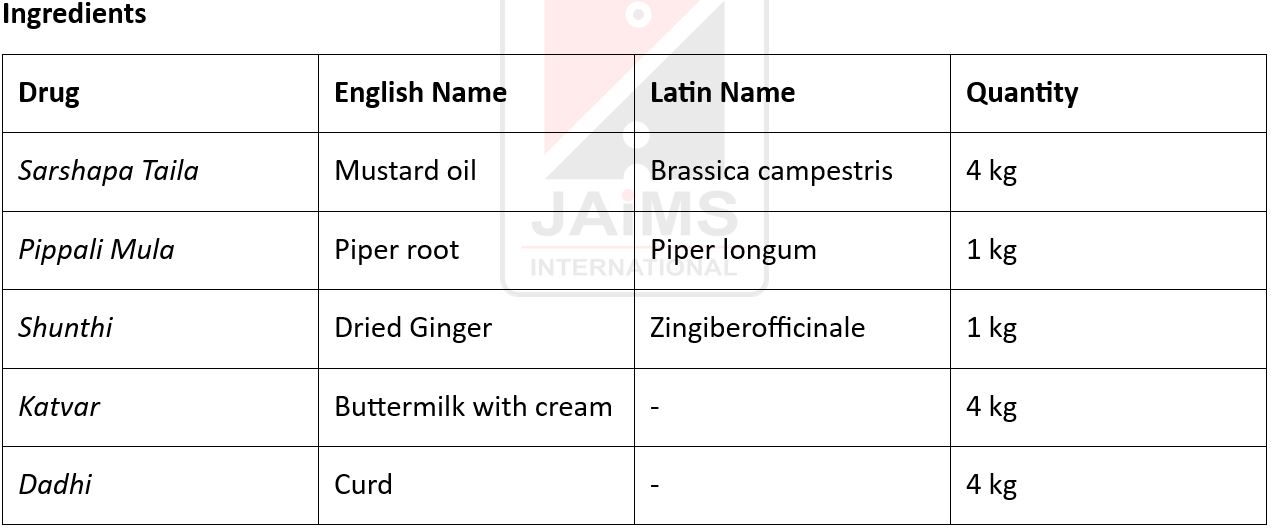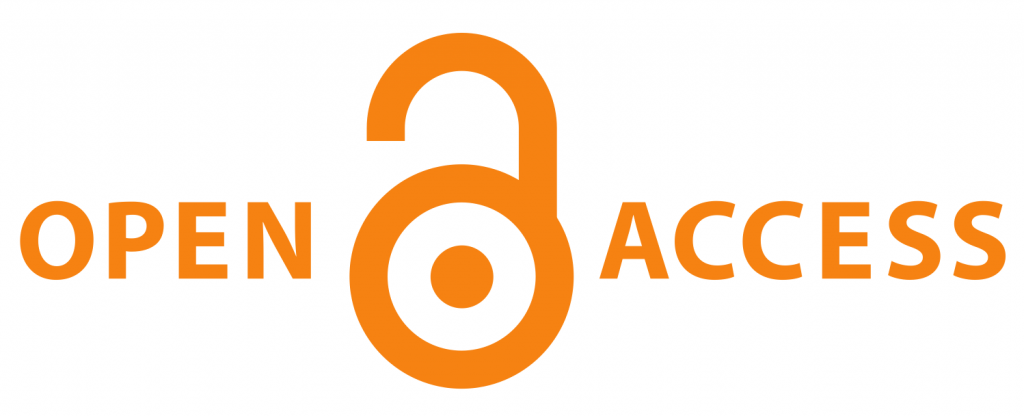A comparative study of the effect of Kati Basti and Kati Pichu with Astakatvar Taila in the management of Gridhrasi w.s.r. to Sciatica
DOI:
https://doi.org/10.21760/jaims.10.3.2Keywords:
Gridhrasi, Sciatica, Radiating Pain, Nerve Root Compression, Herniated Discs, Panchakarma Therapy, Holistic ApproachAbstract
Gridhrasi, commonly equated with Sciatica in modern medical terminology, is a debilitating condition characterized by radiating pain along the course of the sciatic nerve. Ayurveda describes Gridhrasi as a disorder predominantly caused by vitiation of Vata Dosha, often accompanied by Kapha, resulting in pain, stiffness, and restricted mobility. The condition derives its name from the characteristic limping gait of affected individuals, resembling a vulture (Gridhra). Modern medical science attributes Sciatica to nerve root compression or irritation, frequently due to herniated discs, spinal stenosis, or degenerative changes in the lumbar spine. Though technological advancements have improved diagnostics and treatment modalities, the chronic and recurrent nature of Sciatica necessitates a holistic management approach. Ayurveda offers a unique perspective through Panchakarma therapies, Shamana Chikitsa (palliative care), and lifestyle modifications. The integration of Ayurvedic practices with contemporary medical interventions has demonstrated promising results, warranting further exploration of their combined efficacy. This review article aims to provide a comprehensive analysis of Gridhrasi, examining its etiology, pathophysiology, and therapeutic approaches from both Ayurvedic and modern perspectives. By analyzing classical references alongside current evidence, this work endeavors to underscore the relevance and effectiveness of traditional practices in addressing this persistent clinical challenge. The study specifically focuses on the Ayurvedic classification, underlying pathophysiology, and etiological factors of Gridhrasi, contributing to a deeper understanding of its holistic management.
Downloads
References
Hoy D, Bain C, Williams G, March L, et al. A systematic review of the global prevalence of low back pain. Best Pract Res Clin Rheumatol. 2010;24(6):769-81.
Sharma PV, editor. Nidanasthana; Vatavyadhi Nidana Adhyaya. Sushruta, Sushruta Samhita. Chapter 1, Verse 74. Varanasi, India: Chaukhambha Visvabharati; 2005. p. 15.
Zhou T, Salman D, McGregor AH. Recent clinical practice guidelines for the management of low back pain: a global comparison. BMC Musculoskelet Disord. 2024;25:344.
National Institute for Health and Care Excellence. Low back pain and sciatica in over 16s: assessment and management. BMJ Best Practice. 2020.
Qaseem A, Wilt TJ, McLean RM, et al. Noninvasive treatments for acute, subacute, and chronic low back pain: a clinical practice guideline from the American College of Physicians. Ann Intern Med. 2017;166(7):514-30
Pandith Kashinath Shastri, Acharya Agnivesha, Charaka Samhita, elaborated by Charaka & Dridabala with Ayurved deepika commentary by Chakrapani Datta, Edition-2012,Chaukambha Sanskrit Sansthan, Chikitsa sthana-chapter 28, shloka-101, page-708,
Vaidya Yadvaji Trikamaji Aharya, Acharya Sushruth, Sushruth Samhita, with Nibandhasangraha Commentary by Dalhanacharya, Edition-2013, Chaukambha Sanskrit Sansthan, Chikitsa Sthana-chapter 5, shloka-23, page-,7.
Vaidya Lakshmipati Sastri, Yogaratnakara, with Vidyotini Hindi commentary, Edition 2013, Chaukambha Prakashan, Vatavyadhi Chikitsa-Gridhrasikhalayakhanja chikitsa, Shloka-1, page-522 & 523,
Acharya Chakrapanidatta, Chakradatta, with Vaidyaprabha Hindi Vyakhya by Indradeva Tripathi, Acharya Ramanath Dwivedi, Vatavyadhi, Edition-1997, Chaukambha Sanskrit Bhavan, Chikitsa Prakaran, Shloka-40 to 54, page-136 to 138.
Agnivesha. Charaka Samhita; Vatavyadhi Adhayaya, Chikitsasthana, chap-27 verse-47 vol 5, In. Chakrapani Datta’s Ayurveda Dipika; Reprint edition, English Translation on Charaka Samhita, Varanasi, Published by Chaukhambha Krishna Das Academy, 2016: 13.















